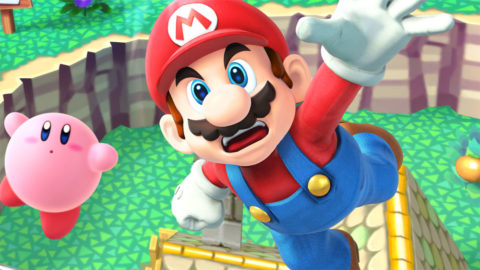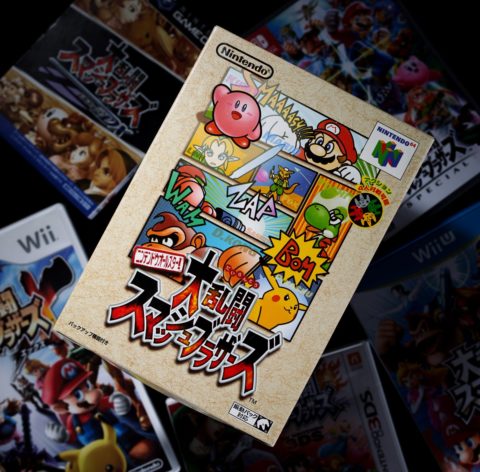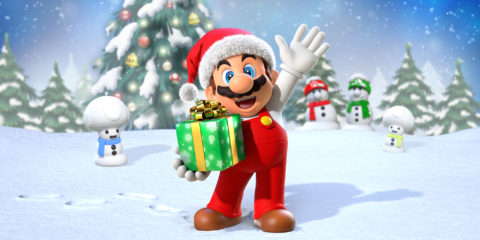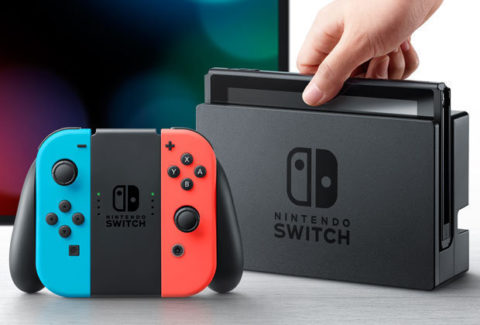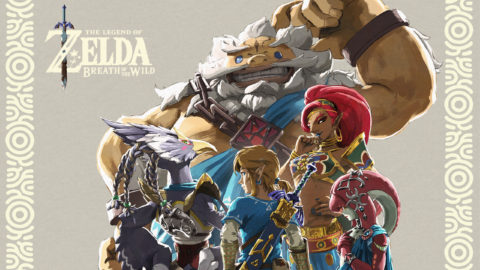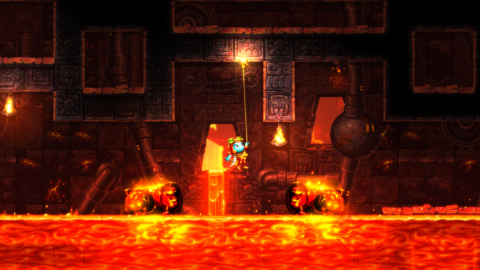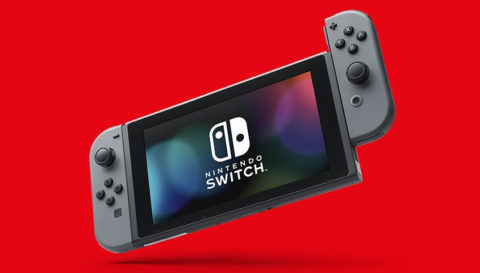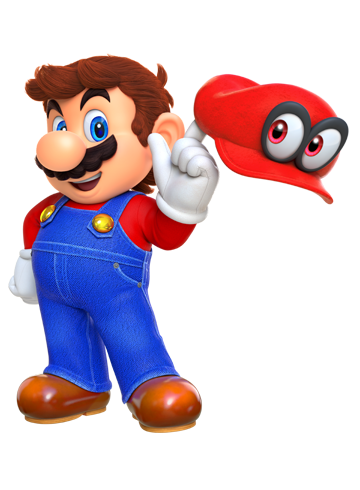 At any given time in the past 15 years, Nintendo’s presence in the world of competitive gaming has been synonymous with the success of the Super Smash Bros. series. From living room showdowns to the highest levels of professional play, this fast-paced mascot fighter has called to Nintendo fans that hope to take their favorite characters into the competitive arena.
At any given time in the past 15 years, Nintendo’s presence in the world of competitive gaming has been synonymous with the success of the Super Smash Bros. series. From living room showdowns to the highest levels of professional play, this fast-paced mascot fighter has called to Nintendo fans that hope to take their favorite characters into the competitive arena.
Since the launch of the Switch earlier this year, Nintendo has wasted no time in setting a record pace for games that pit players against each other. From Mario Kart to ARMS, Splatoon 2 to Pokken Tournament DX, there’s no shortage of ways for players to face off, but all of this competition likely has one name on every Nintendo diehard’s lips: Super Smash Bros.
We sat down with one of the premier players in the professional Smash Bros. world in order to take a closer look at the franchise that arguably started Nintendo down the road to eSports. Team Liquid’s Juan “Hungrybox” Debiedma is widely considered one of the best Super Smash Bros Melee players in the world, with an impressive resume of top tournament placements in the last 10 years. We spoke with Hungrybox about his origins, his views on the Smash franchise’s success, and his vision for the future of tournament Smash play on the Switch.
Hobbyist to headliner
Hungrybox’s found Super Smash Bros Melee during his middle school years, playing the game at home with his now-coach “Crunch” as a pastime. “We didn’t really expect to go pro [with SSMB],” Hungrybox recalls. “Over time, we started going to more and more tournaments…got more competitive, and next thing you I started placing, making money in more tournaments.”
The jump from hobby to “side venture” as Hungrybox puts it, led to some pretty impressive connections for the now-famous Jigglypuff main. A string of impressive tournament performances in his home region of central Florida led to his first international breakout bout, 2009’s “Revival of Melee” tournament. Toppling several notable Melee players of the time to eventually take 7th place overall, Hungrybox was officially on the Smash community’s radar.
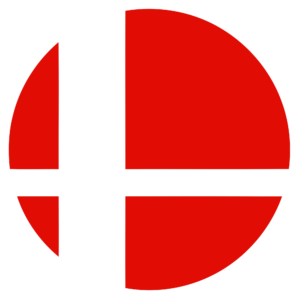 Hungrybox would go on to many more high-profile victories, from a 1st place spot in the 2nd “Revival of Melee” later that year all the way to top spots at some of the biggest fighting game tournaments in the world. A 1st and 3rd place spot at EVO’s 2016 and 2017 respectively should be evidence enough that Hungrybox’s title as one of the community-crowned “Gods” of Melee may not quite be hyperbole.
Hungrybox would go on to many more high-profile victories, from a 1st place spot in the 2nd “Revival of Melee” later that year all the way to top spots at some of the biggest fighting game tournaments in the world. A 1st and 3rd place spot at EVO’s 2016 and 2017 respectively should be evidence enough that Hungrybox’s title as one of the community-crowned “Gods” of Melee may not quite be hyperbole.
Hungrybox’s success is a testament to just how far a game you truly love can take you. “I didn’t play the game with any intent of being competitive at it.” Hungrybox recalls, “it just happened to be a game that I enjoyed playing with my friends when I was young. I was able to get really good at it really quickly.”
The Smash Bros. series unique approach to competitive multiplayer makes it a fascinating choice for a competitive player, especially in a community where so many high-level players flock towards more technical fighters like Street Fighter and Tekken. The Smash series’ reliance on platforming elements, its emphasis on positioning and control over precise combos, and the almost universally recognized cast of fighters seem to play the biggest role in the game’s lasting success.
Melee Mastery
That’s not to say technical skill, and a particular game’s ability to reward such skill, isn’t a factor when aspiring tournament players choose a Smash game to focus on. For Hungrybox and many others, Super Smash Bros Melee presents Nintendo’s most realized attempt at creating a precision experience from the Smash Bros. formula.
“Melee is such a good formula,” says Hungrybox. “It’s physics…are the most fast paced, the most brutally satisfying when certain [hits] are landed. When you do mess up in Melee, it can be pretty unforgiving.” He compares this to others in the series, such as Super Smash Bros. Braw. He points out that Brawl‘s tendency to promote random elements and “cheese” mechanics that can shift fights away from skilled players makes the game unpredictable and unsuited for skill-focused tournament play.
It’s a concern we’ve seen before, and one that understandably clashes with some developers’ desire to make their games welcoming to new players. Hearthstone is a prime example of a game who’s tournament scene risks harm from its efforts to “level the playing field” among new and veteran players. The random elements of the game can upset a skilled player’s strategy in a single turn, and the win rates among average tournament players are often close to 50/50. It’s such a concern that some teams have stated they won’t sign Hearthstone-only players, simply because it’s hard to be sure of their earning potential from tournament winnings.
A game like Super Smash Bros. Melee, however, has promoted skilled players in much the same way as other, more technical fighting games, and moreso than other entries in the series. “You really reap what you sow in Melee,” says Hungrybox, and its hard to argue with that logic. This is a player who has watched his tentpole game’s popularity wax and wane with the release of newer (heavily marketed) series entries like Super Smash Bros 4 on the Wii U and 3DS. A player who, if community historians are to be believed, rose to prominence in that “dark age” and stayed strong through Melee‘s resurgence as the top Smash title for tournaments like EVO and DreamHack.
A new era
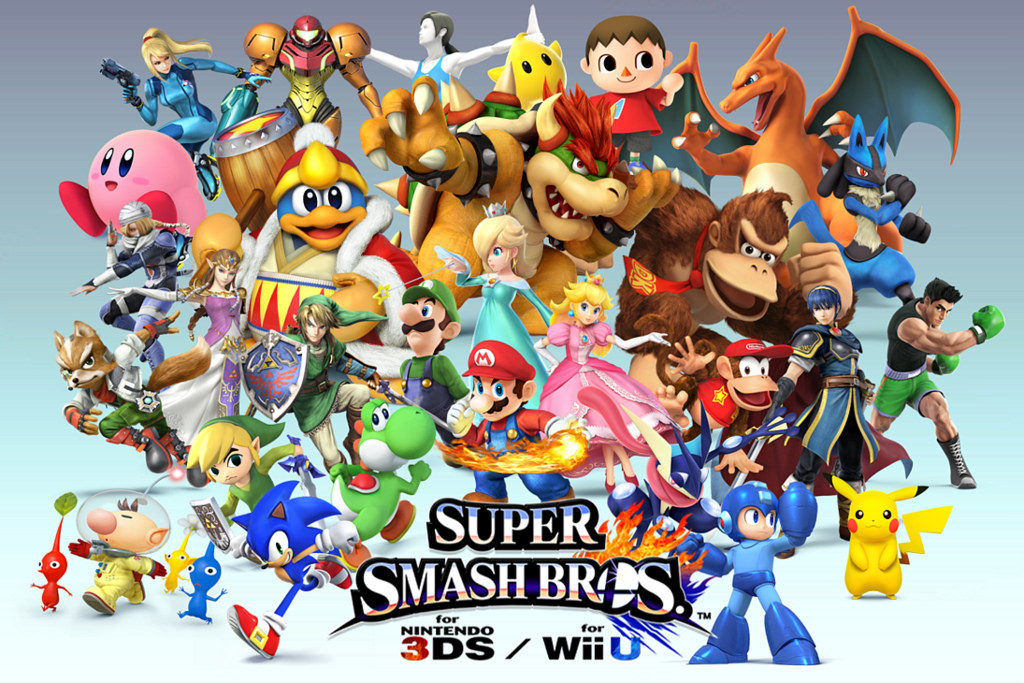
Thanks in part to a surge in popularity of both Super Smash Bros. Melee an eSports in general, player attendance to these larger tournaments has surged in recent years. Melee itself seems to consistently come out as the main Nintendo-based title, despite the increasing range of options on offer. Such high visibility, at a time when Nintendo is regaining with the Switch much of the momentum it lost with the Wii U, calls into question what the future of the Smash scene might be.
To Hungrybox, that question is simple to answer. “There will always be two major fanbases [for Smash Bros.]: whatever the newest game is in the series, and Melee.” Since the Switch was first revealed early this year, fans have certainly been hopeful for early news of a new Smash Bros. title, even if that news turned out to be a re-release of 2015’s Super Smash Bros. from the Wii U and 3DS.
When asked for his perspective on what Nintendo’s next foray into the Smash franchise might entail, Hungrybox’s response goes a bit further backward, though is perhaps not surprising. “The dream would be a sort of ‘Smash Anniversary‘ edition,” he says. “Where they release all of the Smash titles playable on the Switch.” He adds that improvements to these older titles, like elimination of input lag from earlier titles and support for the GameCube controller, could make such an anthology release a really big draw for veteran Smash players.
It’s worth noting that shortly after our chat with Hungrybox, Nintendo did update the Switch firmware to allow support for the original GameCube adapter released for the Wii U console. It remains to be seen if this was a strategic set up for a new Smash-related announcement, though. Nintendo historically made an effort to support their older peripherals through several console generations, and it’s no secret that the GameCube’s…unique….controller is a big hit with Smash players and Nintendo fans in general.
Regardless of why Nintendo released that compatibility update, it’s certainly worth keeping in mind if we look at Nintendo’s Switch strategy so far. They’ve already set a precedent with the Switch of resurrecting well-received games from the underperforming Wii U. Not only that, but many of the Switch’s most anticipated release-year titles, like Breath of the Wild, Splatoon 2, and Super Mario Odyssey, are out of the way. We haven’t seen much past Q1 of 2018, and leading into the holiday season there’s still some time to put some wind in the sails of a Smash Bros. release for next year.
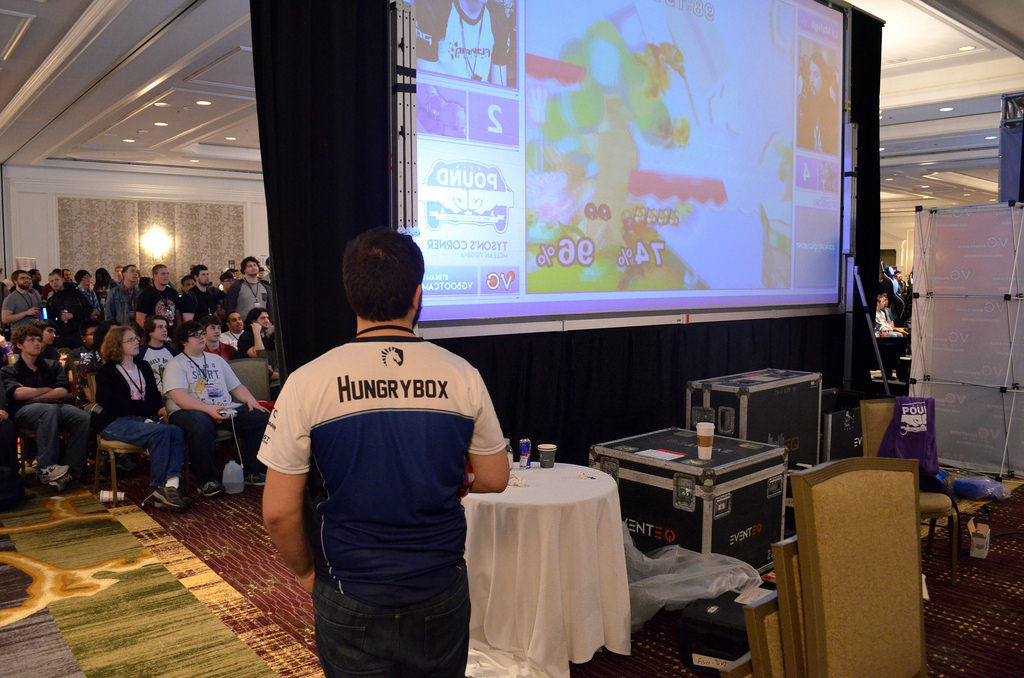
For Hungrybox, a redux of the earlier Smash titles could be just what Nintendo needs to continue the series’ success in the tournament field. Our conversation shifted to include the success of the SNES Classic, and even SEGA’s recent Sonic Mania, as an example of how a return to earlier concepts can revitalize fans. “[With the Sonic franchise] devs were trying to put new formulas and tricks into the games,” he points out. “But really, they kind of had a winning formula with what they first came out with. When they offered to give [fans] that experience again, people flocked to it.”
Given that fans are already flocking to Melee and other early Smash Bros. titles, there may be something to the pitch for an anthology release on the Switch in lieu of a fresh new take. “Even [Smash Bros] 64 has a dedicate scene,” Hungrybox points out. “and even the Project M scene still exists. The scene can only die if people stop playing it.” Even with the franchise still fresh in many hearts, a portable, complete Smash anthology on the Switch might just be the thing to keep players invested long-term.
Whatever happens in the future, it’s a good bet that top-tier players like Hungrybox will continue to promote Smash Bros as the foremost tournament title that Nintendo has to offer. What’s more, the Switch’s wide acceptance among fans of all game genres puts future Smash titles in a fantastic position to bring new players into the fold to grow the community even more.
